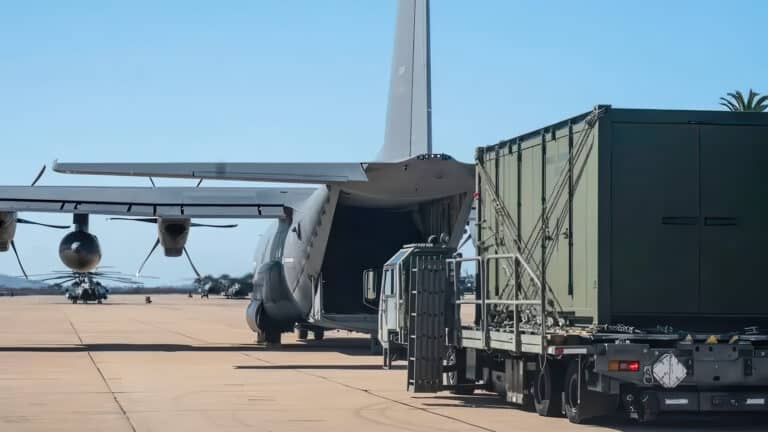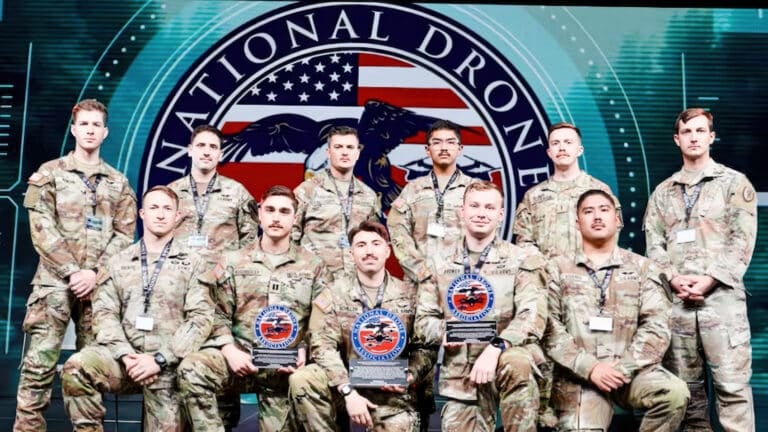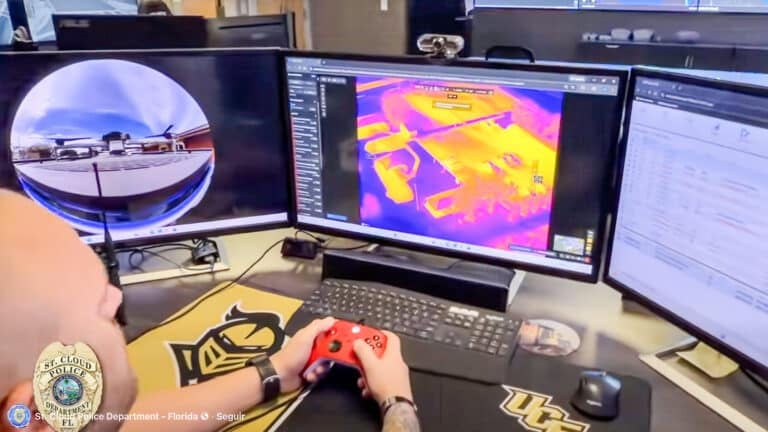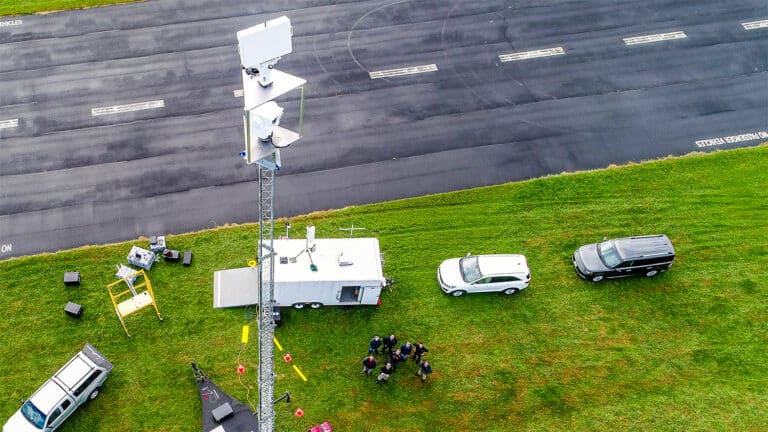Exposed: Beijing’s Secret Drone Parts Arming Russia Despite US-EU Bans

Picture this: A truck of ‘refrigerators’ lands in Russia, but they’re really powering killer drones – the wild story behind Beijing’s sanction sidestep.
Chinese manufacturers have covertly supplied engines to a Russian drone maker, labeling them as “industrial refrigeration units” to evade Western sanctions, enabling a surge in attack drone output for use in Ukraine. This revelation comes from Reuters, which reviewed documents and spoke to European security officials.
Evasion Tactics in Supply Chains
Front companies play a key role in this operation. After U.S. and EU sanctions hit firms like Xiamen Limbach Aviation Engine Co. in October, a new entity, Beijing Xichao International Technology and Trade, stepped in to deliver L550E engines to Russia’s IEMZ Kupol. Invoices, internal letters, and transportation records show these engines route through Russian intermediaries SMP-138 and LIBSS before reaching Kupol’s facilities in Izhevsk.
Contracts specify describing the engines as cooling units in shipping documents to avoid scrutiny from Chinese authorities. European security officials confirm this labeling helps bypass export controls on dual-use goods. Transportation involves airlines like Sichuan Airlines and China Southern Airlines, which have carried components to sanctioned Russian entities since October.
Surge in Garpiya-A1 Drone Manufacturing
Kupol has ramped up production of the Garpiya-A1, a long-range attack drone based on Iranian Shahed designs but powered by Chinese technology. An internal document reveals a contract with Russia’s defense ministry for over 6,000 units this year, tripling last year’s 2,000. By April, more than 1,500 drones had shipped.
The L550E engine, along with Chinese control systems and navigation equipment, forms the drone’s core. Ukrainian military intelligence reports Russia deploys around 500 Garpiya-A1 drones monthly against civilian and military targets deep in Ukraine. This increase highlights how sanctions fail to fully disrupt supply chains, allowing sustained production despite restrictions on Kupol since December 2022 by the EU and December 2023 by the U.S.
Broader Geopolitical Tensions in Drone Tech
This development raises questions about global drone component flows. China produces around 75% of the world’s drones, mostly for civilian use, but dual-use parts like these engines blur lines between commercial and military applications. A person familiar with Beijing’s thinking noted that if Russia weaponizes them, Ukraine does the same.
China’s foreign ministry stated it was unaware of Garpiya parts exports and controls dual-use sales per its laws and international duties. “China has always opposed unilateral sanctions that lack basis in international law and are not authorized by the U.N. Security Council,” the statement said.
Building on that, diplomatic pressure mounts. EU diplomat Kaja Kallas urged China on July 2 to halt trade sustaining Russia’s military, warning it threatens European security. Ahead of a July 25 summit between EU President Ursula von der Leyen and Chinese leaders, one EU official emphasized strengthening customs and financial controls on specific dual-use goods without cutting broader Russia ties.
Meia Nouwens, senior fellow for Chinese security and defense policy at the International Institute for Strategic Studies, observed that China’s priority is sustaining Russia’s war to keep U.S. focus on Ukraine. “This does not help China and Europe come closer together, diplomatically,” she said.
Implications for Drone Industry Standards
For drone professionals, this underscores vulnerabilities in international supply chains. Reliance on Chinese components, common in both recreational and commercial drones, could face tighter scrutiny amid rising sanctions on dual-use tech. Manufacturers worldwide might diversify suppliers to mitigate risks, while regulators could impose stricter export classifications on engines and navigation systems.
Enforcement challenges persist, as covert labeling and intermediaries complicate tracking. This case illustrates how geopolitical conflicts influence drone technology access, potentially driving innovation in alternative sourcing or domestic production to ensure operational reliability.
In the end, these shipments sustain drone warfare, prompting calls for enhanced global cooperation on export controls. Drone enthusiasts and pros should monitor how such evasions affect component availability and pricing in civilian markets.
Photo courtesy of Military News UA
Discover more from DroneXL.co
Subscribe to get the latest posts sent to your email.
Check out our Classic Line of T-Shirts, Polos, Hoodies and more in our new store today!

MAKE YOUR VOICE HEARD
Proposed legislation threatens your ability to use drones for fun, work, and safety. The Drone Advocacy Alliance is fighting to ensure your voice is heard in these critical policy discussions.Join us and tell your elected officials to protect your right to fly.
Get your Part 107 Certificate
Pass the Part 107 test and take to the skies with the Pilot Institute. We have helped thousands of people become airplane and commercial drone pilots. Our courses are designed by industry experts to help you pass FAA tests and achieve your dreams.

Copyright © DroneXL.co 2025. All rights reserved. The content, images, and intellectual property on this website are protected by copyright law. Reproduction or distribution of any material without prior written permission from DroneXL.co is strictly prohibited. For permissions and inquiries, please contact us first. DroneXL.co is a proud partner of the Drone Advocacy Alliance. Be sure to check out DroneXL's sister site, EVXL.co, for all the latest news on electric vehicles.
FTC: DroneXL.co is an Amazon Associate and uses affiliate links that can generate income from qualifying purchases. We do not sell, share, rent out, or spam your email.


















